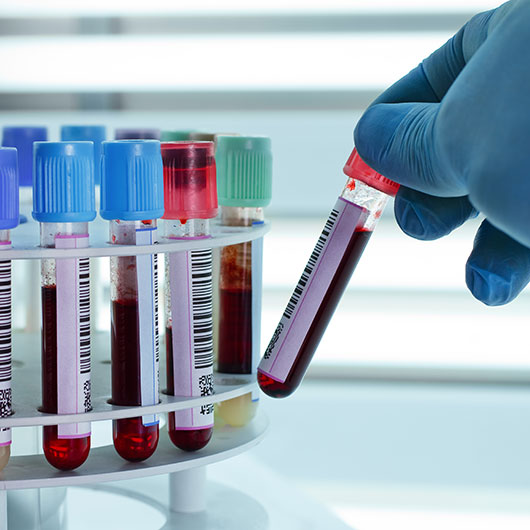Male and female pattern baldness, also known as Androgenic Alopecia, is the most common cause of hair loss and can affect up to 70% of men and 40% of women at some point in their lifetime. Men typically show this with hairline recession at the temples and hair-loss on the upper surface of the head, also known as vertex balding.Women typically show this with scattered thinning throughout the scalp or thinning of the hair over the top of their scalp.
People who suffer from this type of hair-loss have an underlying sensitivity to hair follicle miniaturization due to androgenic hormones. Miniaturization refers to the shrinking of the hair follicle. This shrinking results in thinning or loss of hair. Dihydrotestosterone (DHT) is the primary hormone associated with the miniaturization of hair follicles. DHT is a by-product of the hormone testosterone. Testosterone, which is found in both men and women, converts naturally to DHT through a hormonal pathway called 5 Alpha Reductase. Certain hairs on your head may be genetically susceptible to thin if exposed to excess levels of DHT. This DHT can attach to the hair follicle and cause it to prematurely shed while shrinking the follicle and preventing normal hair re-growth. Instead of normal, healthy hair growing in its place, a thinner, finer hair replaces it.
According to the Foundation for Hair Restoration, the onset of miniaturization from androgenic alopecia is due to three factors:
1. Genetic predisposition
2. Presence of Dihydrotestosterone (DHT)
3. Age
Speak to a consultant

